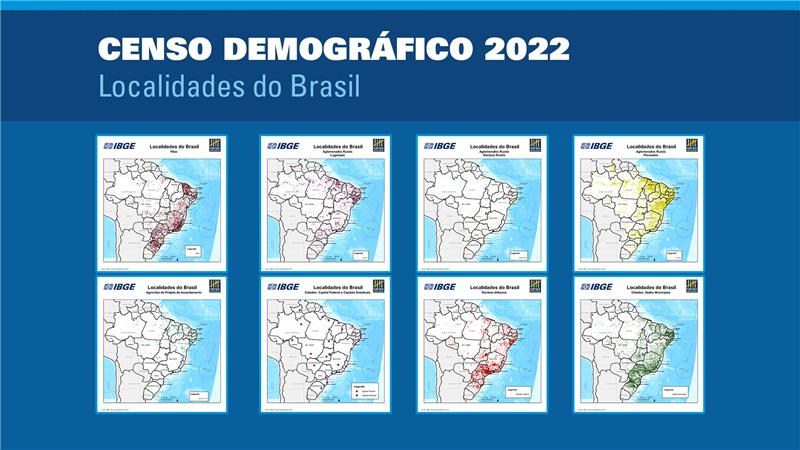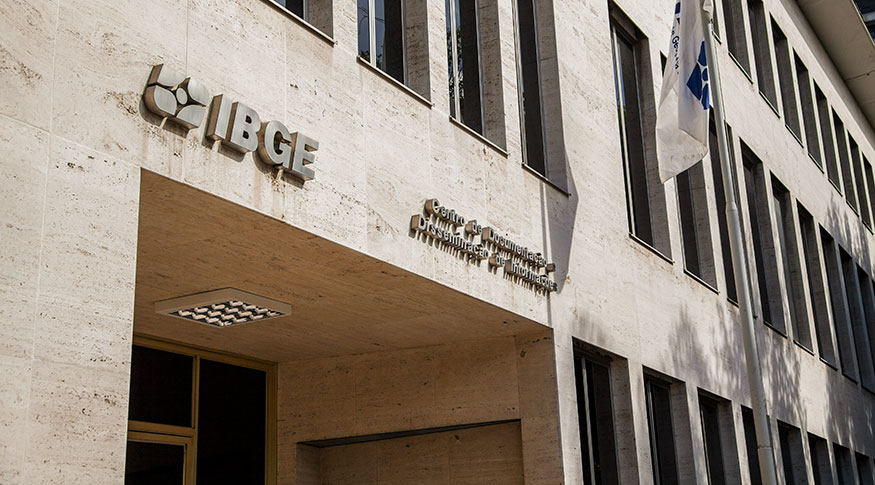Inflation preview
With the impact of Food and Beverages, IPCA-15 is 0.31% in January
January 26, 2024 09h00 AM | Last Updated: January 29, 2024 12h54 PM
 Increase in potatoes (25.95%) and tomatoes (11.19%) impacted the result of January's IPCA-15 - Photo: Helena Pontes/IBGE News Agency
Increase in potatoes (25.95%) and tomatoes (11.19%) impacted the result of January's IPCA-15 - Photo: Helena Pontes/IBGE News AgencyThe inflation preview was 0.31% in January, 0.09 percentage points (pp) lower than that of December, when it changed 0.40%. The result was, to a large extent, influenced by the Food and Beverages group, with an increase of 1.53% and an impact of 0.32 pp on the general index, and driven by potatoes, which rose 25.95% and exerted the biggest individual positive impact in the month (0.05 pp). The Extended National Consumer Price Index 15 (IPCA-15) was released today (26) by the IBGE.
In the last 12 months, the IPCA-15 change was 4.47%, below the 4.72% observed in the previous 12 months. In January 2023, the IPCA-15 was 0.55%.
Among the nine groups surveyed, seven recorded increases in January. The biggest change (1.53%) and the biggest impact (0.32 pp) came from Food and Beverages. Food at home rose 2.04% in January, highlighted by the increase in potatoes (25.95%), tomatoes (11.19%), rice (5.85%), fruits (5. 45%) and meat (0.94%). Food away from home (0.24%) slowed down in relation to the month of December (0.53%). Both meals (0.32%) and snacks (0.16%) had lower changes than those observed in the previous month (0.46% and 0.50%, respectively).
On the other hand, the Transportation group recorded a drop in January, with a change of -1.13% and an impact of -0.24 pp on the general index. Airfare, with a drop of 15.24%, recorded the biggest individual negative impact of the month (-0.16 pp). In relation to fuels (-0.63%), there was a decline in the prices of ethanol (-2.23%), diesel fuel (-1.72%) and gasoline (-0.43%), while gas vehicles (2.34%) registered an increase. The taxi sub-item increased by 0.69% due to adjustments, from January 1st, of 4.21% in Rio de Janeiro (1.97%) and 4.61% in Salvador (2.18%) .
Also in the Transportation group, the change in urban buses (-3.81%) was influenced by the average increase of 16.67% in Belo Horizonte (9.33%), as of December 29th; and in São Paulo (-21.88%), due to the application of free fares on Sundays and on some commemorative dates, from December 17th. Still in São Paulo, there was a 13.64% increase in train (6.36%) and subway (6.36%) fares from January 1st. Due to the adjustments mentioned, public transport integration fell by 11.56% in this area.
In Health and personal care (0.56%), the result was influenced by health plans (0.77%) and personal hygiene items (0.58%). Highlights include increases in deodorant (1.57%), skincare products (1.13%) and perfume (0.65%).
In the Housing group (0.33%), the result for residential electricity (-0.14%) was influenced by the incorporation of changes in ICMS rates in Recife (1.56%), Fortaleza (-0.18%) and Salvador (-3.89%), as of January 1st, as well as the residual appropriation of the adjustment of -1.41% in the tariffs of one of the concessionaires surveyed in Porto Alegre (0.32%), as of November 22.
The increase in water and sewage rates (0.56%) was influenced by tariff adjustments applied in the following areas covered by the survey: 15.76% in Belém (6.00%), as of November 28th; average adjustment of 4.21% in Belo Horizonte (2.79%), as of January 1st, and 4.97% in one of the concessionaires surveyed in Porto Alegre (1.29%), as of January 1st. December.
Furthermore, there were tariff adjustments that had an impact on piped gas (1.01%): 3.30% in São Paulo (2.74%), as of December 10th; average reduction of 0.45% in Rio de Janeiro (-0.23%) from January 1st; and a reduction of 6.82% in Curitiba (-3.15%), also from January 1st.
Belo Horizonte has the biggest advance and Brasília, the biggest retreat
As for regional indices, ten areas saw an increase in January. The biggest changes were recorded in Belo Horizonte (0.88%), due to increases in urban buses (9.33%) and potatoes (34.30%). The lowest result occurred in Brasília (-0.41%), which saw a drop in the prices of airfares (-21.31%) and gasoline (-3.72%).
More about the survey
To calculate the IPCA-15, the methodology used is the same as the IPCA, the difference is in the price collection period and geographic coverage. Prices were collected from December 15th to January 15th (reference) and compared with those in force from November 15th to December 14th (base).
The indicator refers to families with an income of 1 to 40 minimum wages and covers the metropolitan regions of Rio de Janeiro, Porto Alegre, Belo Horizonte, Recife, São Paulo, Belém, Fortaleza, Salvador and Curitiba, in addition to Brasília and the municipality of Goiânia. See the full results on Sidra. The next release of the IPCA-15, for February, will be on February 27th.

















